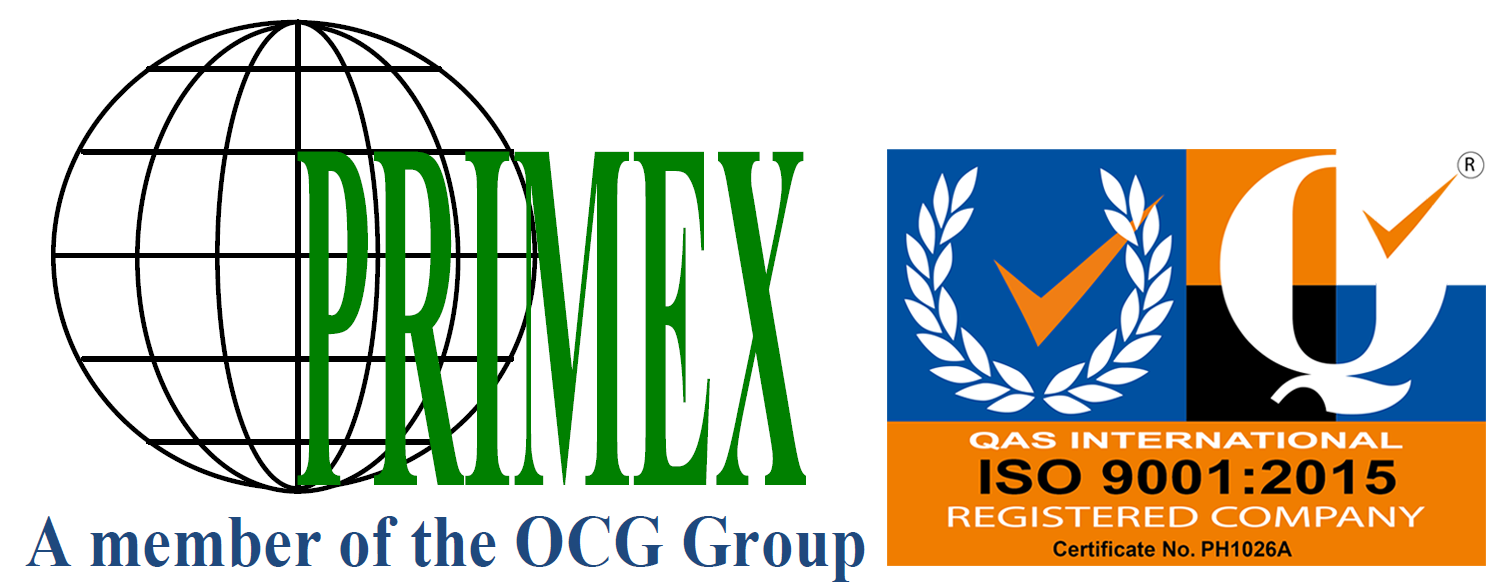Name of Client:
World Bank (WB)
Country:
Philippines
Length of Consultancy Assignment:
Start Date: April 2012
Completion Date: June 2013
Detailed Narrative Description of Project:
Referred to as the Project Monitoring and Evaluation System for DRRM (PMESD), the proposed system combines financial tracking and physical monitoring to aid better planning and coordination of the government’s projects and programs on DRRM in a manner that is transparent and accountable to the public. PMESD was intended to support decision-makers in monitoring funding, expenditures, and implementation of all ex-ante and ex-post disaster-related projects and programs that are undertaken by the government, non-governmental organizations (NGOs), international development organizations, and other interested groups.
It equipped the Philippine Government with the necessary information to manage both pre- and post-disaster-related projects and programs effectively. Accordingly, the PMESD aimed at: (i) providing a comprehensive system for monitoring the funding, expenditure, and progress of projects and programs for DRRM, including performance and results; (ii) providing an open data visualization platform to display all the information collected along with other relevant geospatial information from GOP ministries/agencies; (iii) involving project/program stakeholders, including government implementing agencies at the national and local government levels, NGOs, private sector companies, funding agencies, beneficiary communities and sectors, and other interested groups; (iv) regularly reporting performance and results to the President, key stakeholders, and the general public; and (v) providing a mechanism to receive, process, and respond to feedback from third party groups.
PRIMEX fielded two senior and two junior Financial Management Specialists and M&E Specialists, who worked with the other team members in: (i) fleshing out the parameters of the PMESD with policy-makers in government, including the National Disaster Risk Reduction and Management Center (NDRRMC) core members; (ii) reviewing existing information, procedures/processes, guidelines, structures, and protocols, and other relevant policies and instructions that govern DRRM programs and projects, including but not limited to those applied by the Office of the President, NDRRMC and its members, such as the Department of Finance (DOF), Department of Budget and Management (DBM), National Economic and Development Authority (NEDA), Commission on Audit (COA), Government Service Insurance System (GSIS), Department of Interior and Local Government (DILG), etc.), and local government units (LGUs), the private sector, civil society organizations (CSOs), and development partners (DPs), among others; (iii) designing and developing the corresponding information framework/structure that will allow cross-sharing of information among the relevant agencies; (iv) linking the PMESD with post-disaster assessments that would be undertaken by the government at the national, regional, and local levels; (v) building a data visualization platform that will pull in and display the outputs in a transparent and visually attractive and compelling manner along with other relevant geospatial data; (vi) providing a platform for feedback from the general public, media, and other stakeholders; (vii) designing the roll-out program of the government-approved PMESD and conducting training programs for users in the Government; and (viii) building the capacity of government and its identified partners in order to successfully operate and maintain the system, through transfer of knowledge, technology and other appropriate methodologies.
